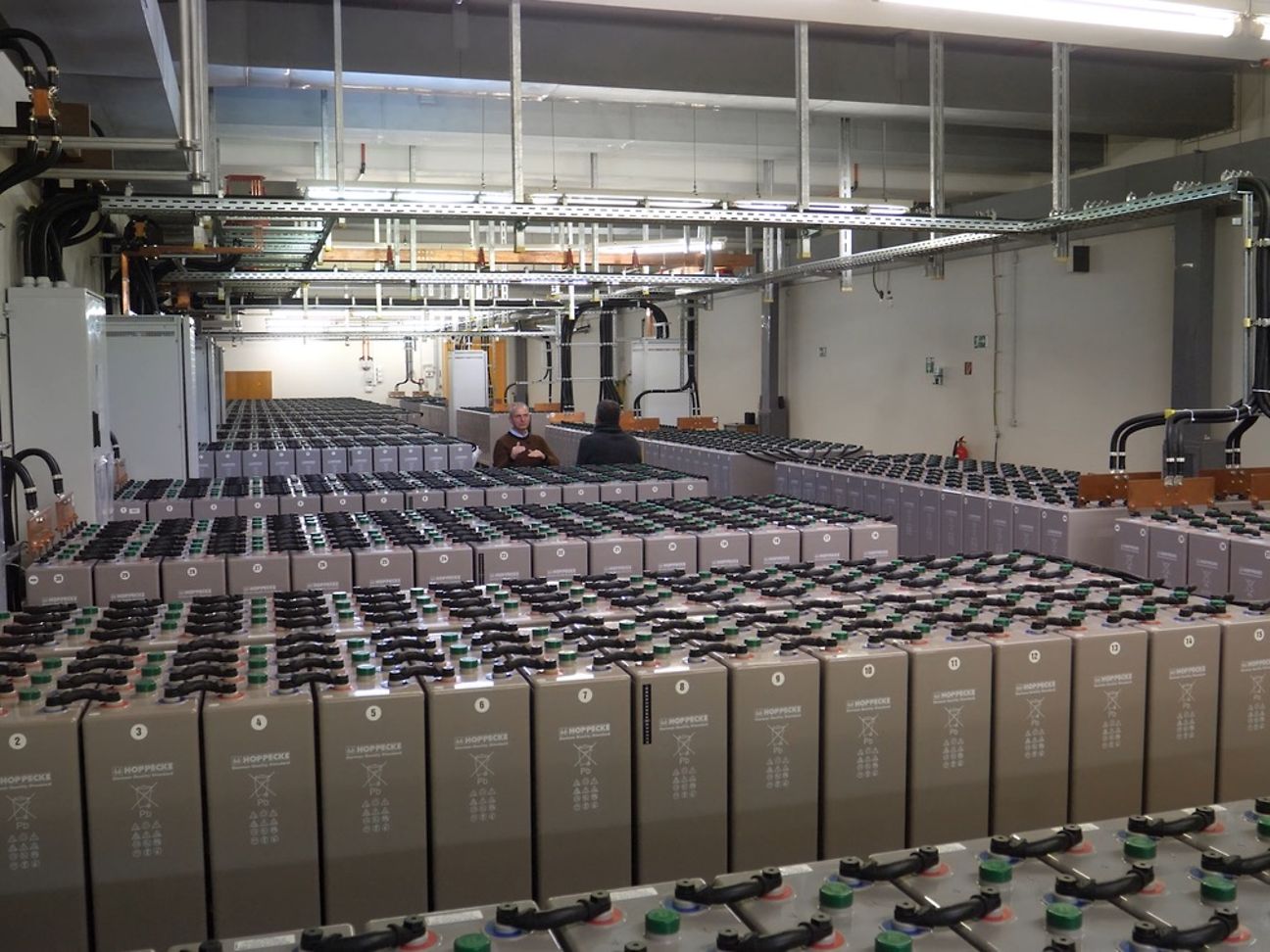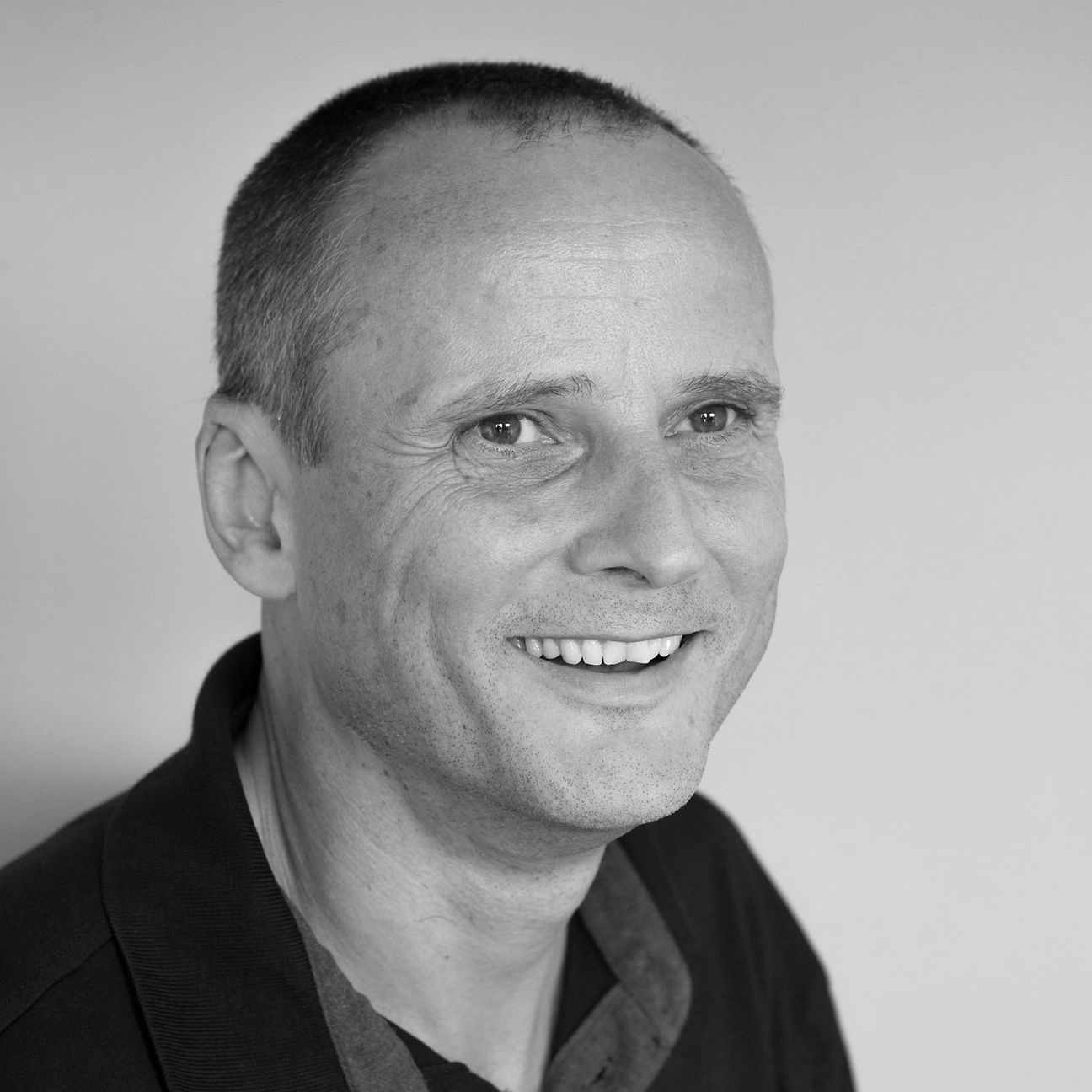

Deutsche Telekom: Saving energy with AC/DC
During this time of energy revolution, saving energy is more important than ever – for all the individual energy consumers at home as well as large companies like Deutsche Telekom. By 2025, the Group aims to reduce its CO2 emissions compared with its 2017 level by 95 percent. This is only possible with increasingly efficient networks for data transmission. One of the elements needed to achieve this target are rectifier systems that are now being replaced across the Group by new energy-saving hardware. We’re going to explain what this has got to do with Tesla and the Australian hard rock legends AC/DC.
How Deutsche Telekom saves energy
Deutsche Telekom’s operating site in Munich is just one of the locations where the rectifier systems are currently being replaced. They ensure that the telecommunication networks are supplied with power around the clock without any kind of interruptions. This is so reliable that the system in Munich has not gone offline for even the briefest of moments for 20 years which would have resulted in disruptions for the customers. It is obvious straight away even to non-experts that the new hardware is more efficient and consumes less energy. While the old large rectifiers had to be cooled with two huge fans because the level of heat generated and, consequently, the energy consumed were so high, the successors are narrow racks that can be pushed into the server shelves.
What a rectifier does
Peter Fleischmann is one of the managers of Deutsche Telekom’s PLASMA project which pools the company’s energy-saving measures. He explains why rectifiers are so important for the Deutsche Telekom network: “Here, in a very large system, the rectifiers convert alternating voltage – as we all have in our homes – into direct voltage, as is used in telecommunications.” So, neither mobile networks nor fixed networks would work without rectifiers. And Deutsche Telekom operates a correspondingly high number of such devices as Fleischmann, our expert, explains: “We have 10,000 of these systems in operating sites and 30,000 of them at mobile base stations. And there are a further 130,000 rectifier systems located in the gray multi-functional cabinets that are located at the side of the road.” With these figures, it soon becomes apparent that if Deutsche Telekom can consume less energy here, it makes an immense contribution when it comes to saving energy throughout the Group. Most of the rectifiers located at the cell sites and in the multi-functional street cabinets are already modern and highly efficient systems. Where this isn’t the case, they are gradually being replaced with new and highly efficient hardware.
Direct current vs. alternating current
This is where AC/DC comes into play. Since 1973, the abbreviation has also referred to alternating current and direct current in the world of hard rock. However, the story of both technologies is even older. The war of the currents that took place in the United States at the end of the 19th Century was won by alternating current, where the electrodes switch directions between the negative and positive poles between 50 and 60 times per second, and became the global standard, as this method allowed power to be transported over long distances with only low losses. However, since electricity is increasingly being produced more locally, via solar power plants and wind turbines, for example, this advantage has become less important.
Why Deutsche Telekom uses direct current
For technical reasons, a wide range of modern technology from LED lamps to computers work with direct current without users knowing anything about it. Therefore, such devices need power adapters to convert the alternating current from the power socket into direct current. This also applies to Deutsche Telekom’s computers and systems. Here, direct current ensures a high level of reliability and good signal quality. This is why efficient and energy saving rectifier systems are so important. And if the power suppliers decide to, as Peter Fleischmann says, “turn out the lights,” a whole armada of buffer batteries ensure that the mobile and fixed networks continue to operate without interruption, so that customers don’t even notice the power cut at all.
How the replacement is made – and what benefit it brings
As the Deutsche Telekom systems – like the ones in the Munich operating site – are never shut down, the old components are replaced with new ones in a hot plugging process, i.e., without interruption to operation and under high voltage. So, caution is the order of the day when it comes to changing rectifiers, and technicians wear their large red insulating gloves with good reason. Deutsche Telekom has already replaced ten percent of the systems in its operating sites. Once the measure has been completed, the company will have saved over 90 gigawatt hours of electricity, corresponding to around 900,000 charges for a Tesla Model 3. This would allow the electric car to circumnavigate the globe around 10,000 times.


